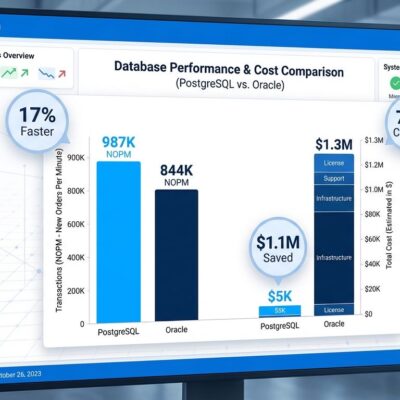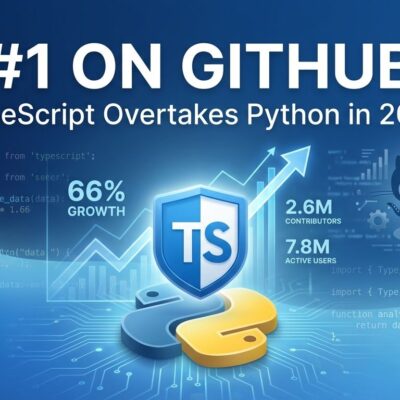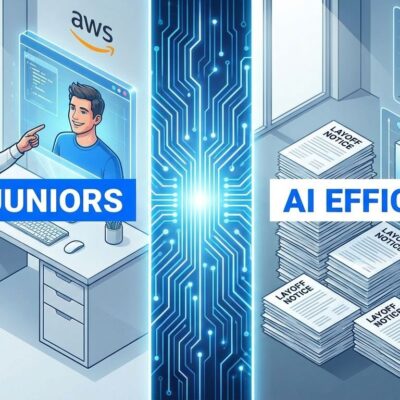
Developers are pushing back against forced AI features being shoved into their tools without choice. According to The Register, programmers are frustrated with mandatory AI integration, buried opt-out settings, and dismissive attitudes from tech executives. When a Microsoft executive recently called AI skepticism “mindblowing” given how impressive the technology is, it highlighted the core disconnect: This isn’t about AI quality—it’s about forced adoption patterns that treat developers like consumers rather than professionals who know what they need.
The Real Problem: Forced Adoption, Not Quality
The frustration isn’t that AI tools are bad. It’s that they’re being forced on developers through opt-out design, default-on settings, and buried disable options. Developers want choice, not mandates.
Microsoft’s executive dismissing skepticism as “mindblowing” perfectly captures the vendor mindset: “The tech is impressive, so why aren’t you grateful?” However, impressive technology doesn’t justify mandatory adoption. Developers are professionals with established workflows and preferences. Consequently, treating them like consumers who don’t know what they need creates resentment and undermines long-term trust.
The opt-out design pattern is especially problematic. Features enabled by default with settings buried three menus deep signal “we know better than you,” disrespecting the professional judgment of people who spend 40+ hours a week in these tools.
The Trust Paradox: High Usage, Low Confidence
Stack Overflow’s 2025 Developer Survey shows 80% of developers now use AI tools, but they’re “willing but reluctant.” This isn’t enthusiastic adoption—it’s resignation. Moreover, developers use AI because it’s everywhere, not because they fully trust it.
The evidence? 35% of Stack Overflow visits are now for AI-related issues. Developers are spending time verifying, debugging, and questioning AI-generated code. Furthermore, a Stanford study found AI-assisted developers are more likely to introduce security vulnerabilities than those coding manually. Earlier research showed AI tools can make developers 19% slower when factoring in verification overhead.
High adoption numbers mask deep trust issues. When developers can’t trust AI output without verification, it adds time rather than saving it. As a result, forced adoption accelerates usage statistics but damages the fundamental relationship between developers and vendors.
Opt-In vs Opt-Out: A Question of Respect
Good AI integration is opt-in. GitHub Copilot requires a subscription—users actively choose to install and pay for it. Cursor IDE is purpose-built as an AI coding environment, so users pick it knowing what they’re getting. Tabnine offers optional autocomplete with clear privacy controls. These tools succeed because developers choose them.
Related: Cursor IDE Hits 100K Users: Native AI Beats VS Code Plugins
Bad AI integration is opt-out. IDE features enabled by default without explicit permission send code to AI analysis without clear consent. Platform features rolled out with opt-out buried in account settings say “we know better than you” rather than “here’s value, you decide.”
The difference matters because developers are power users, not casual consumers. They have established workflows, privacy requirements, and performance expectations. Therefore, opt-out design disrespects their expertise and autonomy.
What Vendors Should Do Instead
Make AI features opt-in by default. Let developers explicitly choose to enable them rather than forcing them to hunt for disable switches. Be transparent about what data is being sent where and give clear privacy controls. Additionally, don’t degrade core tool performance with resource-heavy AI features that slow down the IDE for users who don’t want them.
Most importantly, stop dismissing skepticism as backwards thinking. AI skepticism isn’t Luddism—it’s professional caution from people who understand the limitations of the technology. It’s also valid concern about vendor motivations: subscription revenue, lock-in, and usage metrics that look good in investor decks but don’t serve user needs.
History shows developers vote with their feet when vendors disrespect their autonomy. The Arduino community is migrating to ESP32 after corporate control tightened restrictions. Redis users flocked to the Valkey fork after license changes. In fact, developers will adopt useful AI features when those features prove their value organically, not when they’re mandated from above.
This Isn’t Anti-AI, It’s Pro-Choice
Developers aren’t rejecting AI technology. The 80% adoption rate proves that. Nevertheless, they’re rejecting forced adoption. They want the option to opt in when AI proves valuable to their workflow, not when vendors decide it’s time.
The backlash isn’t about technology quality—it’s about respecting autonomy. Developers are professionals who know what tools they need. Give them the choice. Make AI opt-in. Let the technology prove its value instead of forcing it on people. Trust is earned, not mandated.
Vendors that respect developer choice will win long-term loyalty. Those that shove AI down developers’ throats will face competitive threats from tools that prioritize user autonomy over investor narratives. The smart money is on respecting your users.












